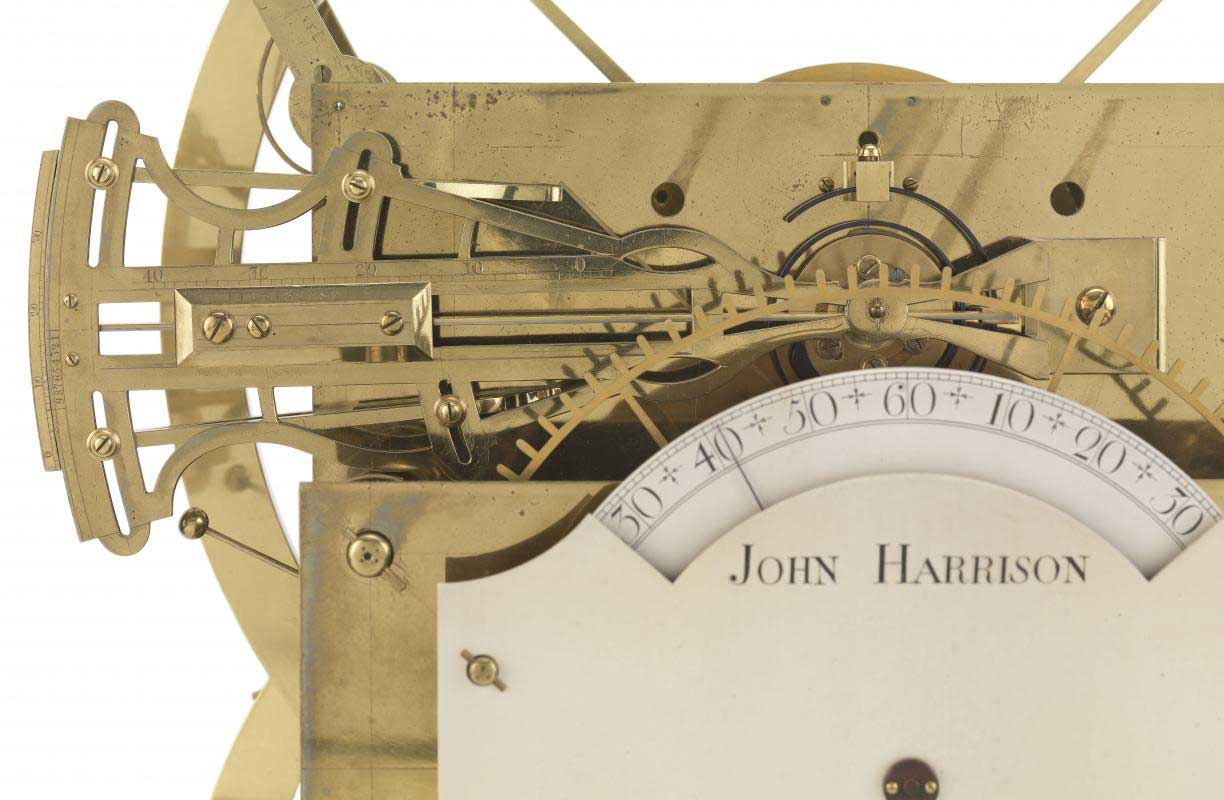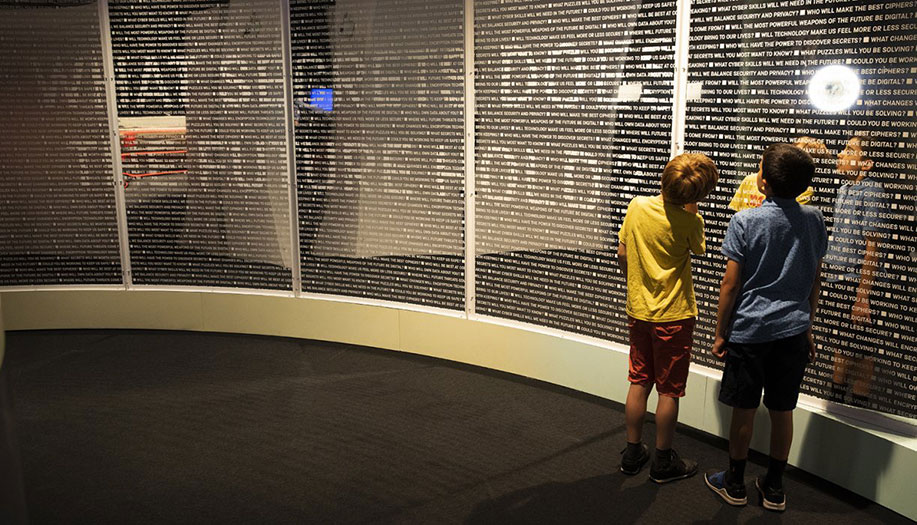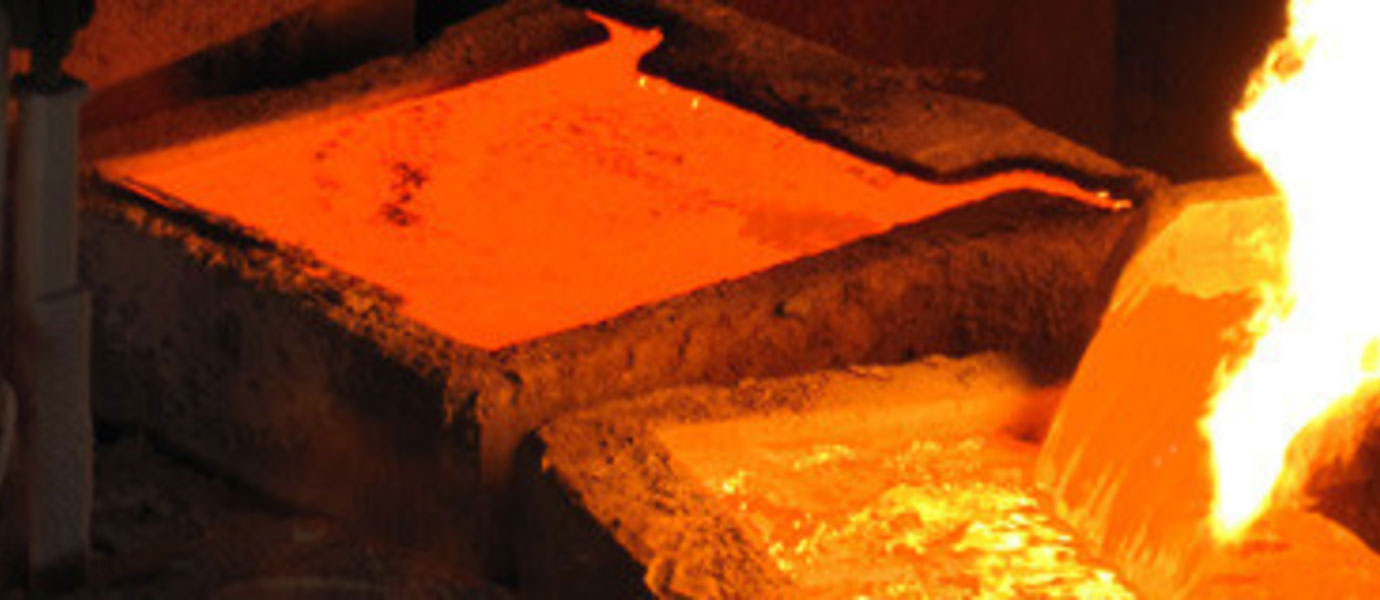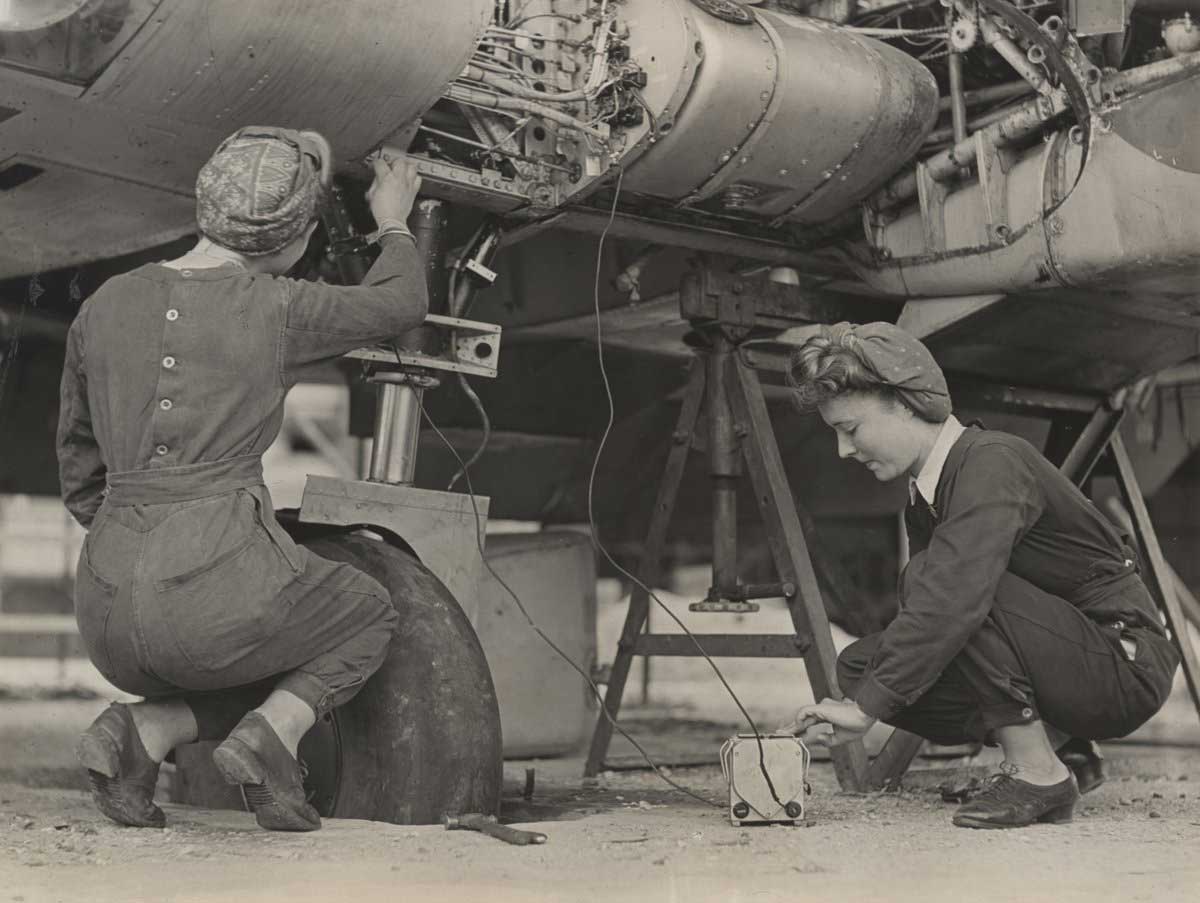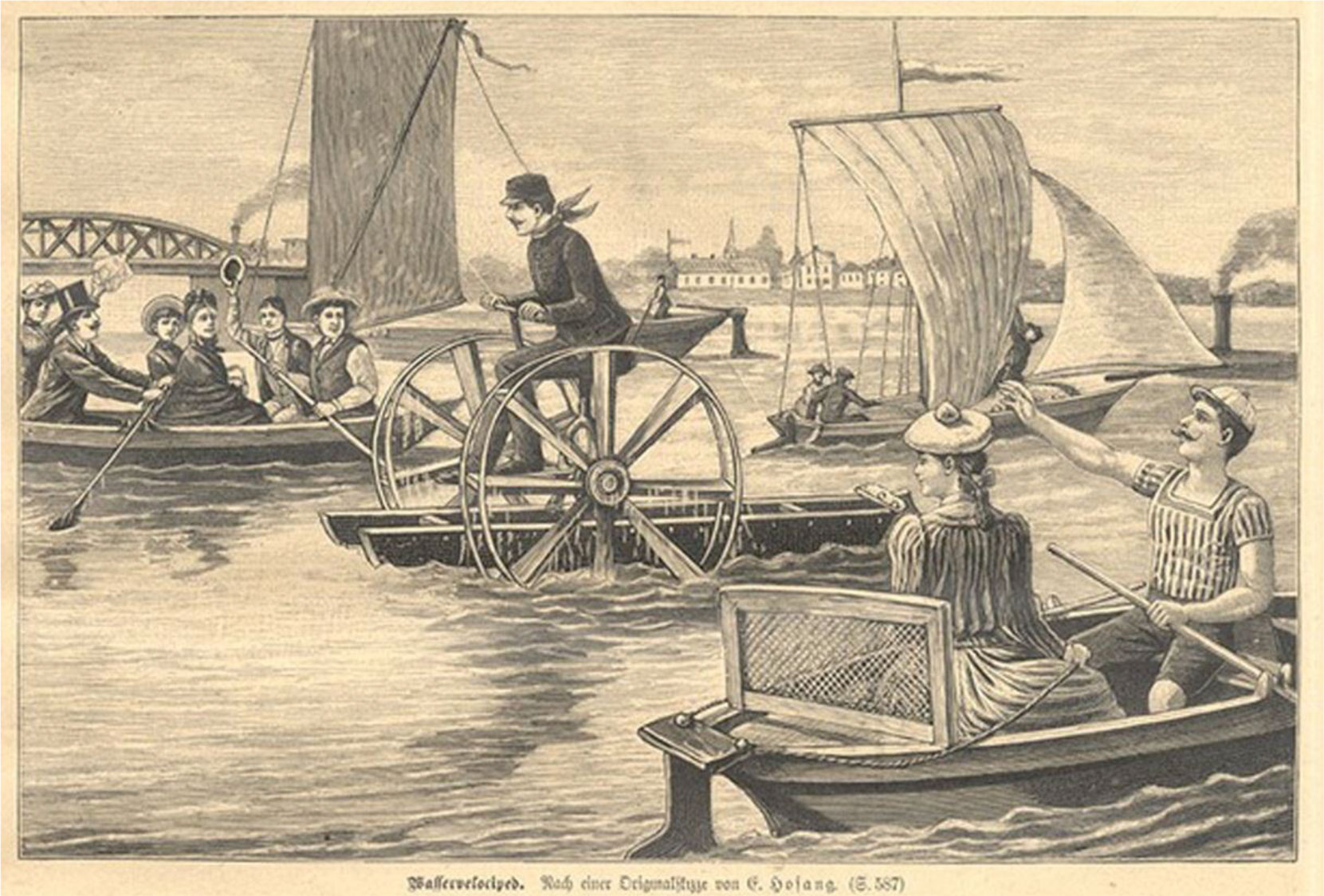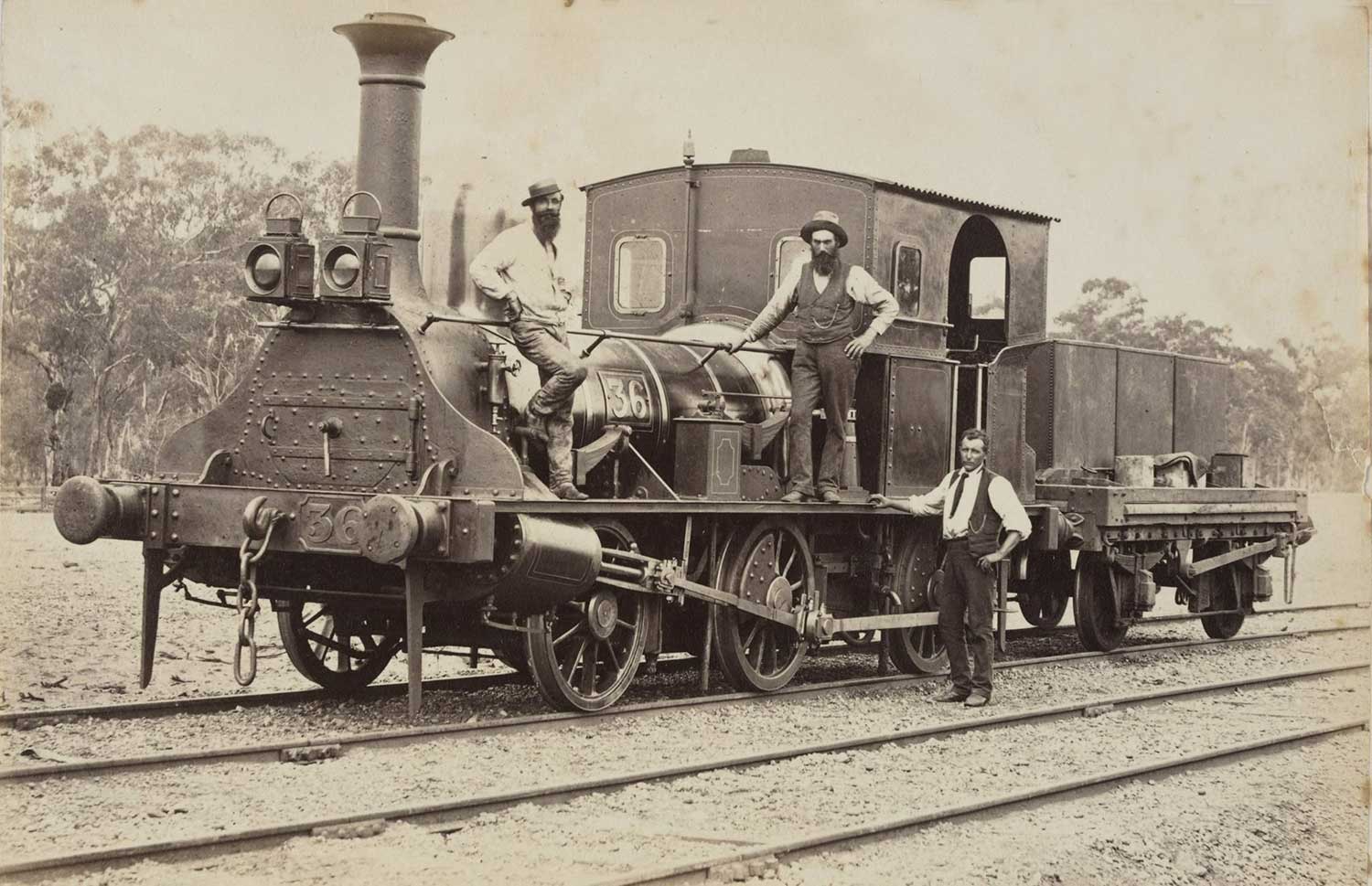UK - London Branch
John ‘Longitude’ Harrison
LONDON Dana Centre Wellcome Wolfson Building, 165 Queen's Gate, Kensington, LondonWHAT DID HE ACTUALLY ACHIEVE? A presentation by Douglas Bateman - [...]
Security & Intelligence
LONDON Smith Centre The Science Museum, Exhibition Road, LondonA CONFERENCE organised by the Defence Electronics History Society and [...]
Development of Rail: London Docklands
LONDON Dana Centre Wellcome Wolfson Building, 165 Queen's Gate, Kensington, LondonA presentation by Jon Willis - London Docklands has seen [...]
Metallurgical Myths of 18th Century Iron Making
LONDON Dana Centre Wellcome Wolfson Building, 165 Queen's Gate, Kensington, LondonA presentation by Richard Williams - A ferrous metallurgist with [...]
From Airships to the Space Race (After AGM)
LONDON Dana Centre Wellcome Wolfson Building, 165 Queen's Gate, Kensington, LondonSOME WOMEN AND THEIR ENGINEERING ACHIEVEMENTS: (Following the AGM) [...]
Joseph von Baader (1763-1835)
LONDON Hans Rausing Lecture Theatre The Science Museum, Exhibition Road, London, United KingdomINSPIRED BY BRITISH INVENTIONS: A presentation by Michael Eckert - Bavaria [...]
CANCELLED Edward Snell
LONDON Dana Centre Wellcome Wolfson Building, 165 Queen's Gate, Kensington, LondonLIFE & TIMES OF A YOUNG WEST COUNTRY ENGINEER [...]
POSTPONED tbc History of ARM and Trends in AI
LONDON Dana Centre Wellcome Wolfson Building, 165 Queen's Gate, Kensington, LondonTHE DICKINSON MEMORIAL LECTURE: A presentation by Professor Steve [...]
“A curator at the height of his powers: HW Dickinson, James Watt, and the Newcomen Society, 1919-1930” by Ben Russell
LONDON Alan Baxter Gallery 75 Cowcross St, Clerkenwell, London“Metallurgical Myths and Other Misapprehensions of the Jet Engine and Jet Aircraft Era” by Dr.Fred Starr
This is an Online EventRepeated statements that the development of the jet engine was held up by the shortcomings of high temperature alloys for turbine blades are without foundation. Frank Whittle, given the funding, could have had a jet engine prototype running by 1932-33. And the RAF could have been equipped with jet fighters by 1939. It was unfortunate that Griffith (of Griffith Crack Fame) was so opposed to the jet engine principle, probably because he saw this as a rival to his own weird turboprop ideas. Accordingly, funding was withheld, the Germans taking the lead. Coming to more recent times, the shortcomings of materials helped wreck the prospects for Concorde and the proposed American Supersonic Transport. It is a feature of supersonic flight that better range and payload are obtained by flying as fast as possible. Concorde was designed for Mach 2.2, but couldn't fly continuously at that speed. The American SST was intended for Mach 2.7. Flying fast does mean, however, aerodynamic heating, requiring “heat resistant” airframe alloys. Concorde, in my view, needs to be seen as an engineering failure, because, in part, of the fall off in strength of aluminium alloys above 120 deg C, meant it was unable to cruise at the proposed design speed. Similar issues beset the American SST, although it was using titanium. Recent projected “business jet” supersonic transports dodge the materials issue by flying at around Mach 1.7. They are aerodynamically inefficient, but better engine performance and the ability of millionaire passengers to pay top value fares, might make such aircraft a viable proposition.

